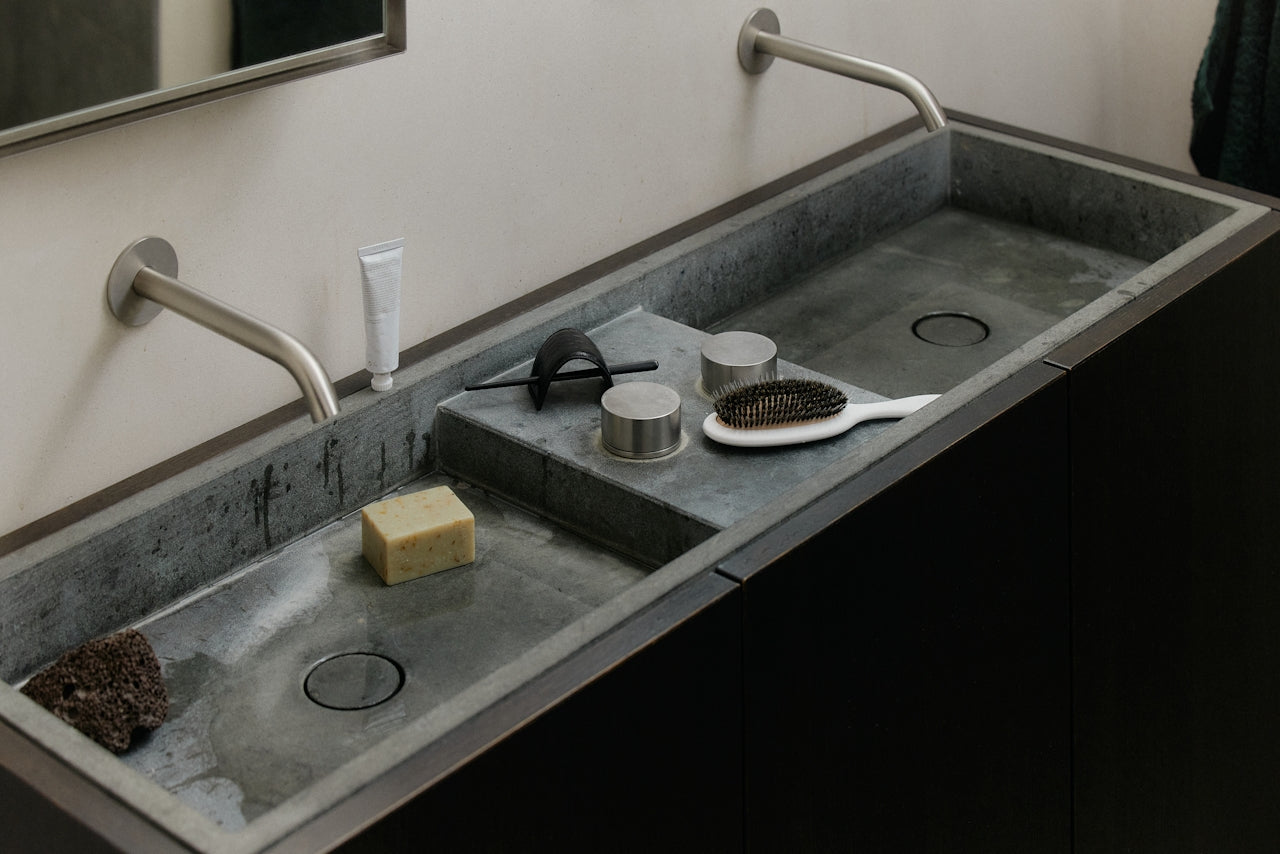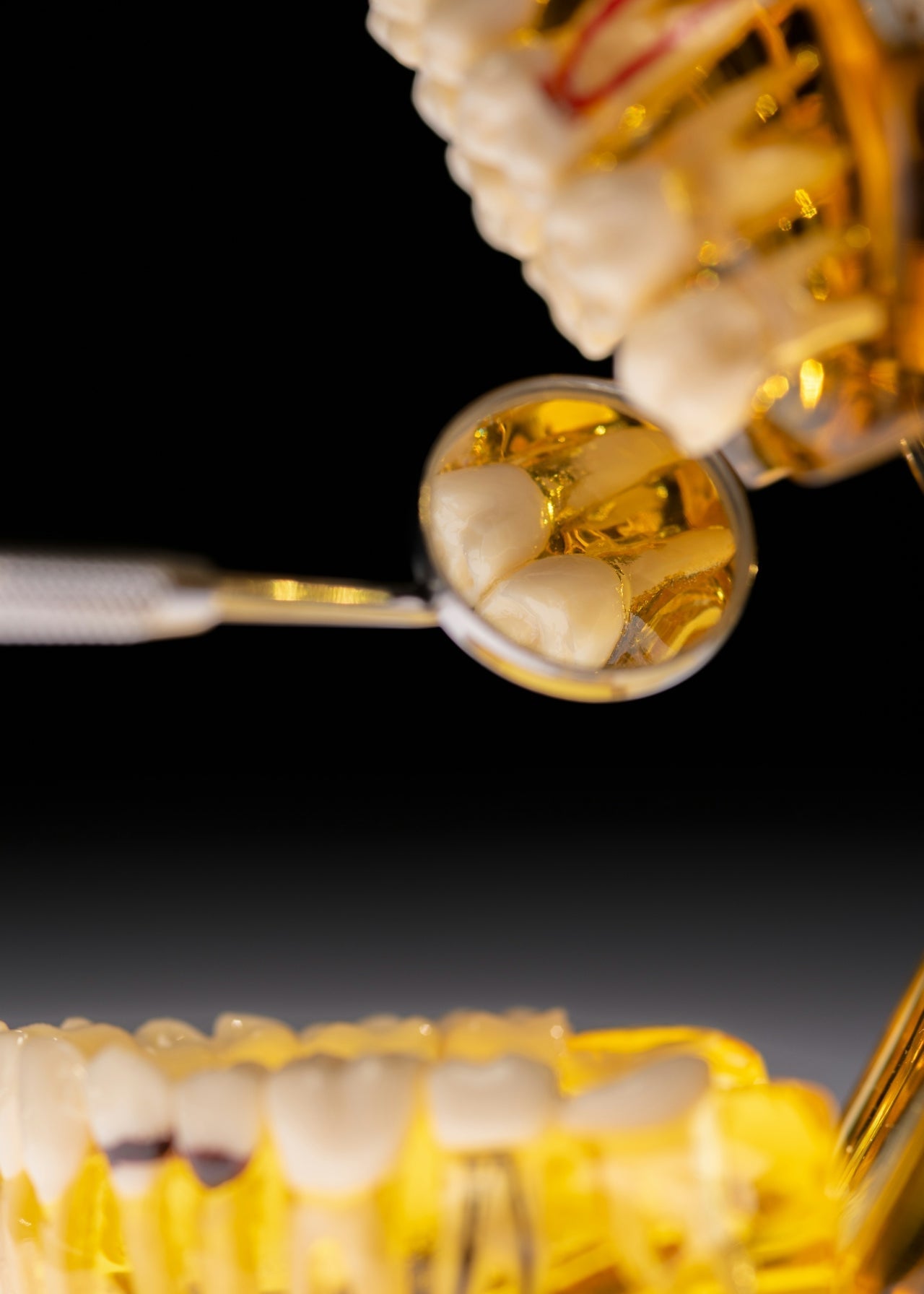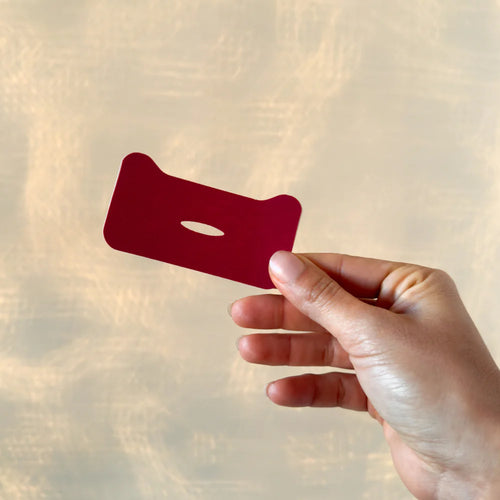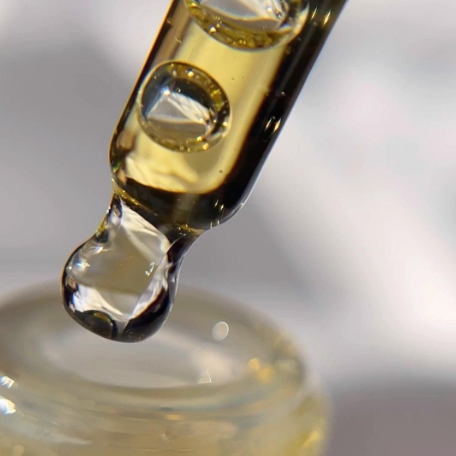We live in a toxic world, but there is good news!
Environmental toxins are EVERYWHERE….But there is hope
They are ubiquitous in the air we breathe, the food we eat, the water we drink and the products we use… it can feel like an impossible task to live a life free from them. And truth be told, it is impossible to completely eliminate your exposure.
In fact, if you even try to be completely “toxin-free” you may just find yourself anxious and overwhelmed by the sheer volume of chemicals that surround us each day.
There is good news. A healthy body is very good at detoxifying itself from this exposure. Focusing on strengthening your overall health is the first line of defense to any kind of assault on the body.
BUT! Luckily there is more you can do when it comes to the toxins in our environment and don’t worry, I am not going to tell you to live off the grid in an untouched part of the earth 😜
My approach is to do what you can realistically to reduce your exposure and then not to stress about the rest, because stress is just as unhealthy as these chemicals are.
Environmental toxins such as BPA, PFA’s, VOC’s, Methylmercury, etc are what you are to minimize exposure to as best you can!
Remember, it’s not about perfection, it’s about reduction.
Below is a great starting point for building a healthy home for you and your family!
In the kitchen:
-
Cookware. Many non-stick pots and pans contain chemicals that can leach into your food and can even be vaporized into fumes while cooking. Teflon is the most well known to do this, but there are others that are just as likely to cause this issue. Cast iron, stainless steel, glass or ceramic cookware can help reduce your exposure to unnecessary toxins in your food.
-
Plastic. Plastic is tough, as it truly is everywhere. But there are ways to reduce your use in the kitchen at home. Avoid drinking or eating out of plastic containers, do not microwave food in plastic containers, try to store food and drinks in glass containers wherever possible, reduce single-use plastic like sandwich bags and try silicone instead.
-
Filter your water. In many areas tap water is free of bacteria, but often still contains traces of chlorine, heavy metals like lead, aluminum, arsenic, chemical byproducts, plastics, and even pharmaceuticals. The right filter can remove all of these contaminants.
Food:
-
Meat. If you have the budget and the ability to get it, grass fed beef over grain fed beef. Grass fed is lower in overall fat than grain fed beef, have higher levels of omega-3 fats and higher vitamin E.
-
Seafood. Shoot for what is considered “SMASH” fish more of the time. Sardines, mackerel, anchovies, salmon, and herring. These fish are smaller and thus have lower levels of mercury and other toxins and are also high in omega-3 fatty acids. Fish such as tuna and swordfish should be eaten less of the time.
Personal care products:
- Sunscreen. Look for mineral based sunscreen vs chemical based sunscreen that can contain Oxybenzone.
- Synthetic fragrances Often found in the household and personal care products we use. These “scented” products are a mixture of ingredients that may contain carcinogens, allergens, respiratory irritants, endocrine disruptors, and other environmental toxins. Reduce as many products from your home that contain “fragrance” as possible. This may include scented candles, fragranced household cleaners, shampoos and conditioners, and baby products… to name a few.
Clean home:
-
Wet dust and vacuum often. One place that a lot of household pollutants like flame retardants, VOC’s, phthalates and parabens like to live is in dust! But, skip the feather dusters as they are not doing much!
-
Don’t wear shoes in the house. Aside from dirt, it has been found that shoes can also bring in: fecal matter, mold, bacteria, viruses, heavy metals, motor oil, pesticides, and pollen. So ask yourself, do you want all that potentially ending up inside your home?
-
Ditch harsh cleaners. You don’t need super harsh cleaning agents to clean your home. You can use more natural based solutions that do just as good of a job and reduce any potential issues over time.
-
Filter your air. The air inside your home is often more polluted than the air outside. This is due to construction materials and common household items that contain VOCs or volatile organic compounds that pose risks for our health. Your home may also contain mold (as many homes do), and by filtering the air inside we can reduce the risks to our health that come with these airborne pollutants.
-
Add in some house plants. Besides an air filter, adding air cleaning indoor plants to your indoor space is an easy and relatively inexpensive place to start. English Ivy, Bamboo palm, Ficus alii and peace lily jus to name a few.
-
Open the window. Opening the window is the cheapest possible way to clean the air inside your home. Depending on where you live this might not be helpful, but for some it means allowing all the trapped air inside your home to escape.
When it comes to topics like this, it’s not about having a doom and gloom mentality, but rather what can I do to take better control of what my body will come in contact with!

